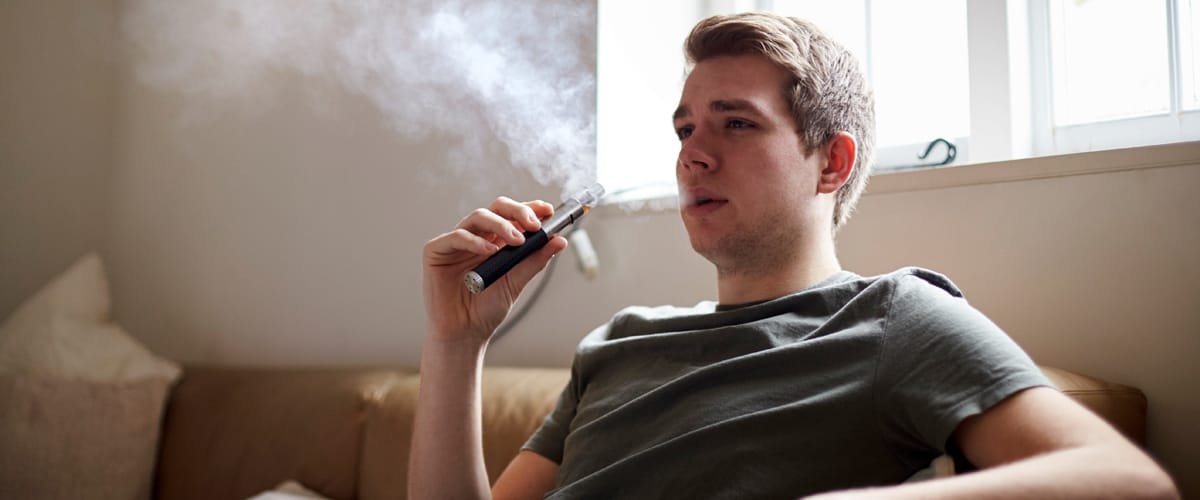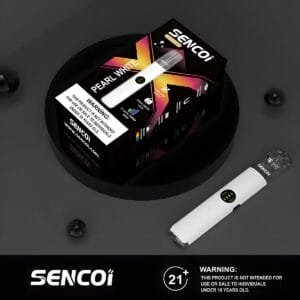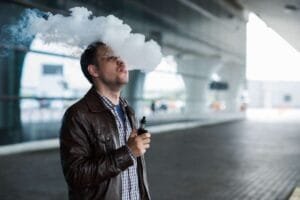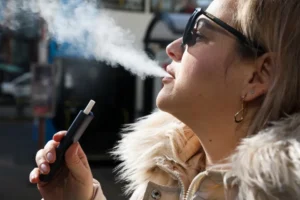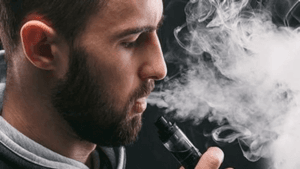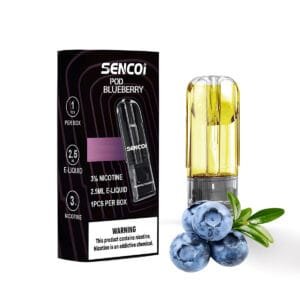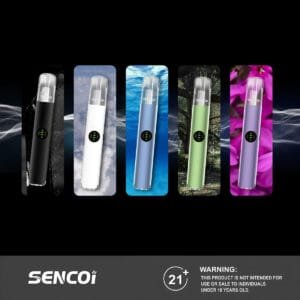Its impact continues to evolve, and the challenge lies in finding a balance between technological advancement, personal freedom, and public health within the ever-growing vape culture.
The Rise of Vape Culture
1. Origins of Vape Culture
Vape began in 2003 when Chinese pharmacist Hon Lik invented the first commercial vape. Originally designed as an alternative to traditional cigarettes to reduce harmful tobacco combustion, vaping quickly grew in popularity. It became a distinct subculture, particularly in Western countries, due to technological advances and market expansion.
2. Development of Vape Culture
The development of vape culture can be divided into several stages:
- Emerging Stage (2003-2010)
Vapes were initially promoted as smoking cessation tools. Early products (Cigalikes) resembled cigarettes and targeted smokers wanting to reduce tobacco use. - Expansion Stage (2010-2015)
With technological improvements, rechargeable vape pens and MODs emerged. Vaping evolved from a cessation tool to a trendy product, with new brands and communities. Young people began using vaping as a form of self-expression. - Popularization Stage (2015-Present)
Vaping became a global phenomenon, particularly in the West. It evolved into a lifestyle trend with “vape tricks,” competitions, and flavor experiences. Social media platforms like YouTube, Instagram, and TikTok played a key role in promoting it through influencers.

3. Social Impact of Vape Culture
-
Positive Effects
- Reduced Harm from Traditional Tobacco – Compared to combustible cigarettes, vapes reduce the intake of tar, carbon monoxide, and other harmful substances, lowering health risks.
- A Smoking Cessation Aid – Many smokers have successfully reduced or quit smoking through vaping.
- Industrial and Economic Growth – The vape industry encompasses manufacturing, retail, and design, creating jobs and driving technological innovation.
-
Negative Effects
- Appeal to Young People – Various vape flavors and stylish designs attract young users, leading to early nicotine exposure among teenagers.
- Health Concerns Remain – While vapes are less harmful than traditional cigarettes, their long-term impact on lung health remains controversial. Some low-quality products pose potential health risks.
- Regulatory Challenges – Different countries have varying regulations on vapes. Some have restricted or banned them, while others are seeking a balance between industry development and public health.
4. Future Trends in Vape Culture
In the future, vape culture may face stricter regulations while evolving toward safer alternatives, like nicotine-free or medical-use vapes. As health awareness grows, it may return to its original purpose as a smoking cessation tool. Overall, vape culture reflects technological innovation and social trends.
As a leader in the vaping industry, SENCOI is shaping the future of vape culture with a focus on safety, quality, and user experience. Through advanced technology and expertly crafted flavors, SENCOI offers a premium vaping experience that balances enjoyment with responsibility, redefining vaping as a smarter, healthier lifestyle choice.

